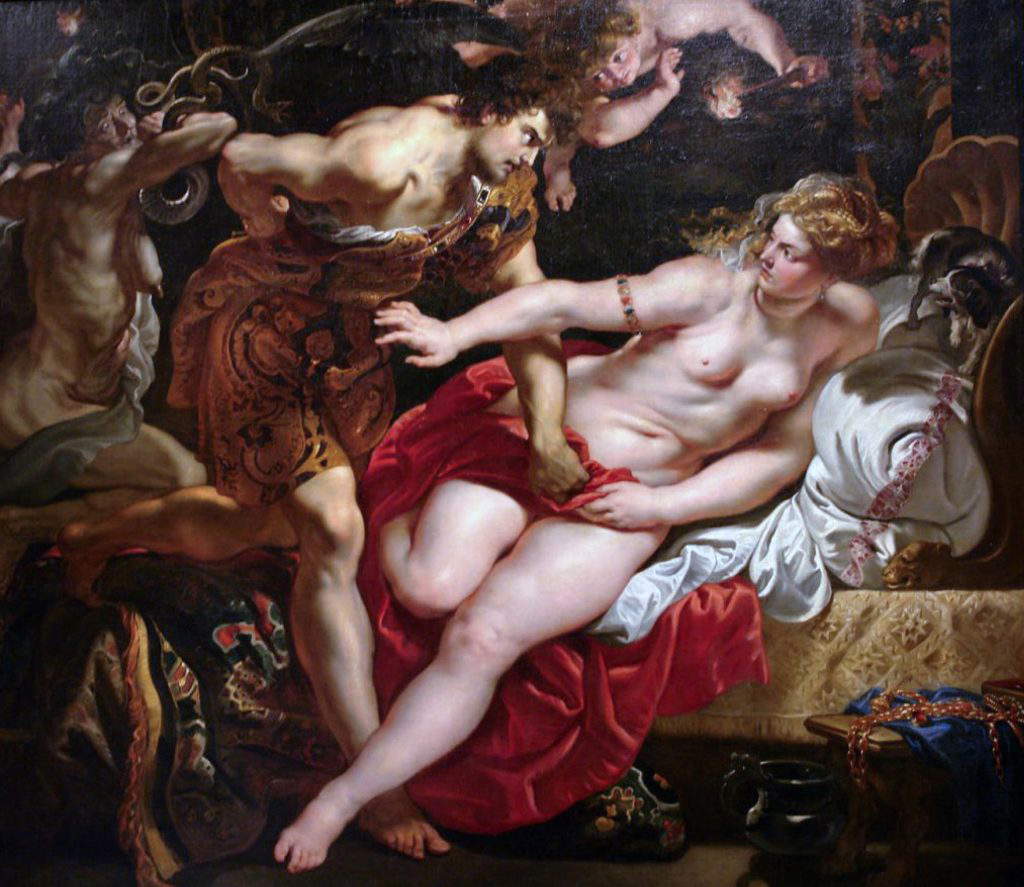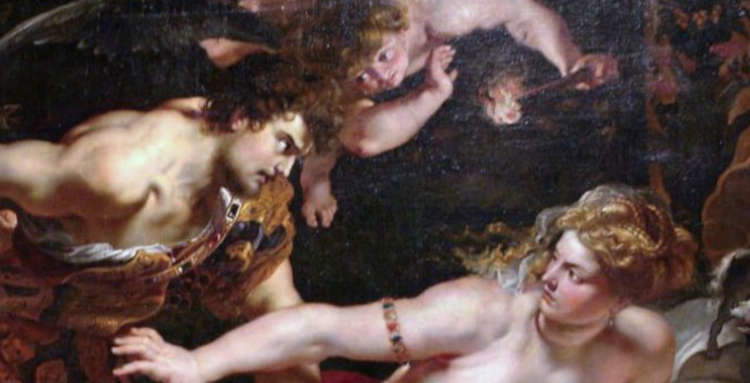An important painting by Pieter Paul Rubens (Siegen, 1577 - Antwerp, 1640), owned by the Stiftung Preussische Schlösser und Gärten (Prussian Castles and Gardens Foundation), established in 1994, will be returned from Russia to Germany following an official request for legal assistance from the German government, and with the cooperation of the authorities of both countries. The painting, depicting Tarquinius and Lucretia, was made between 1610 and 1611 and arrived in Russia during World War II-it was previously in the Sanssouci Palace in Potsdam. Interpol, the Foundation points out, had been hunting for the painting for years, as it is one of Germany’s most important wartime losses. The work had ended up in the possession of a Russian businessman, who had purchased the painting in 1999 and had it restored. Legal disputes over ownership had begun as early as 2003 and went on for a long time as Russian judicial authorities initially ruled that the man was the rightful owner of the work. Now the issue has been resolved, although it is not yet known when the work will return to Germany.
The work was probably purchased by the Grand Elector, namely King Frederick I of Prussia. It was initially displayed in the Berlin Palace, then from 1790 in the Neue Palais and from 1930 in the Sanssouci Picture Gallery. Like the other paintings in the gallery, it was moved to Rheinsberg Castle in 1942 to protect it from war damage. After the first air raids on Berlin began in the summer of 1940, due to the difficult circumstances, only a selection of the best pieces were transferred to castles, palaces or mines outside the city, all facilities that served as shelters for the artworks. Rheinsberg was one of the most important: several hundred works of art were stored here, including furniture and paintings from the Neue Palais, the Sanssouci Picture Gallery, and the Königsberg Palace. Even after the Soviet Union returned the artworks to the GDR in 1958, the Foundation still lacked a total of more than 3,000 paintings. Many of the works that were in the castle, once the war ended, were on the one hand confiscated by the Soviet authorities during the occupation of East Germany, and on the other hand looted by private individuals. Of the 159 paintings in the prewar inventory of the Sanssouci Picture Gallery alone, the Foundation is still missing a total of 99 works, including until a few hours ago the Rubens painting, which had been considered lost since the end of the war.

The painting has been called “a spectacular work” by experts who were able to view it. For the Foundation, it has similar significance to Caravaggio’sIncredulity of St. Thomas (held at the Bildergalerie in Potsdam) and to Watteau’s two major works, The Sign of the Art Dealer Gersaint and Embarkation for Kythera, also owned by him. Recognized only around 1930 as an early masterpiece, made in Antwerp shortly after his return from Italy, it remained available to scholars of Rubens and seventeenth-century art for only a few years.
The painting depicts the rape of Lucretia, by the son of the king of Rome, Tarquinius. Lucretia’s subsequent choice of suicide led to a popular uprising that ended the rule of kings in ancient Rome and began the period of the Republic. Rubens gives a mythological dimension to the theme, often depicted since the Renaissance, by including the figure of the goddess of vengeance and that of the winged genie who illuminates the dramatic night scene with a torch. With the motif of the outstretched hand in the woman’s lap, covered with a blood-red cloth, the artist has found a highly suggestive aesthetic formula for depicting the violent act.
The Director General of the Stiftung Preussische Schlösser und Gärten, Hartmut Dorgerloh, thanked the federal government and Russian authorities for their efforts to secure the painting: “This is the first step toward regaining this masterpiece of great importance not only for Prussian palaces, but also for the entire art world.”
 |
| Russia will return a valuable Rubens painting to Germany |
Warning: the translation into English of the original Italian article was created using automatic tools. We undertake to review all articles, but we do not guarantee the total absence of inaccuracies in the translation due to the program. You can find the original by clicking on the ITA button. If you find any mistake,please contact us.